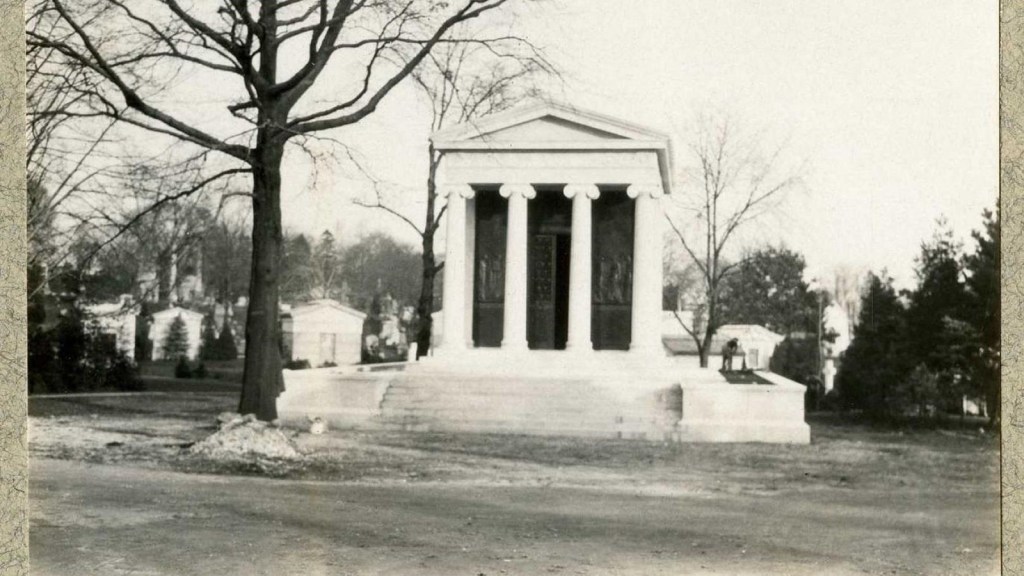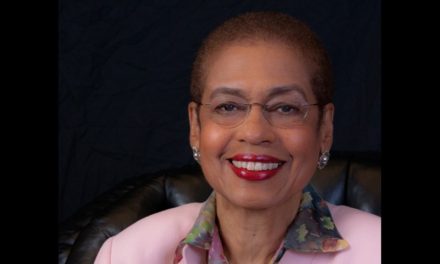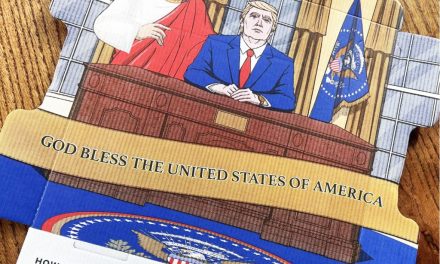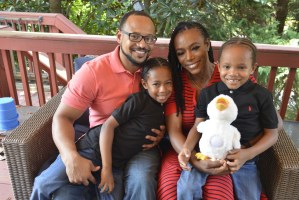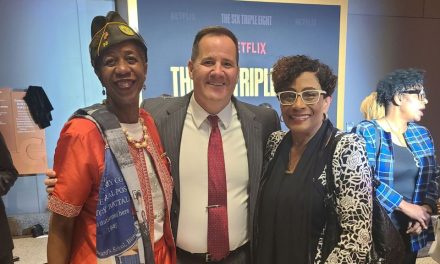By Sabreen Dawud
Special to the AFRO
The Woodlawn Cemetery Perpetual Care Association Board of Directors partnered with the Woodlawn Collaborative Project to host the virtual Woodlawn Cemetery Conference on Feb. 18.
A burial land established on May 13, 1895 in Washington, D.C., Woodlawn Cemetery is 22.5 acres of African-American history. The land consists of 36,000 burials, with almost all of them being of Black descent.
The Woodlawn Descendants Conference is aimed at uniting descendants of people who were laid to rest at the Woodlawn Cemetery. Organizers encouraged living family members to share the legacies of their loved ones. Attendees were also given opportunities to ask questions about the cemetery grounds and learn more about Woodlawn Cemetery’s history.
Lawrence Davin, a liaison for the Mayor’s Office of Community Relations and Services in Ward 7, shared the historical relevance of the cemetery during his introduction at the conference.
“I would pass it everyday not knowing who was laid to rest on those sacred grounds. People that I learned about in college: John Mercer Langston, who helped stand up Howard Law School, or Blanche Bruce, our first Black Senator to serve a full term,” Davin shared.
“These are the folks that our children and our community should be familiar with. These are the folks that our children should learn about and our community should learn about so we have a better idea of who we are and where we come from.”
The conference was anchored by Nicole Jordan, president of the Washington, D.C. Alumnae Chapter of Delta Sigma Theta Sorority, shared that the Woodlawn Collaborative Project involves 17 chapters of Alpha Kappa Alpha Sorority and Delta Sigma Theta Sorority.
The event consisted of words from several speakers, such as Lawrence Davin, Omar Eaton-Martínez, the National Trust for Historic Preservation’s senior vice president for Historic Sites, and primary speaker Lisa Fager, executive director for the Black Georgetown Foundation.
Raven L. Hill, president of the Xi Omega chapter of Alpha Kappa Alpha Sorority, moderated the event’s question-and-answer segment.
Fager presented a slideshow detailing the historical significance of Washington D.C.’s four historically Black cemeteries. She highlighted Woodlawn Cemetery as the largest historically Black cemetery in Washington, D.C.
Fager noted that Woodlawn Cemetery was established after death records were implemented, allowing for records to be made on who resides in the cemetery. Many of these records are currently stored in the Howard University Moorland-Spingarn Research Center. Some of the notable figures with burials at Woodlawn Cemetery that Fager highlighted include: Clement G. Morgan, one of the NAACP’s founders, and the nephew and grandson of Martha Washington, William Custis Costin.
The event concluded with closing words from Jordan who emphasized the passion behind the cemetery’s historical grounds.
“As you can see, there is passion that is here from those volunteers who are people working on this issue because of the commitment to the community, the commitment to our history, and this is something we should do. So when you walk away from here thinking about what can I do, it is volunteering, it’s to get the word out,” Jordan said. “The awareness that this issue is happening throughout the country and that we need to make sure that we are preserving the spaces where our history lies.”
For more information on Woodlawn Cemetery, visit their website woodlawndc.org.
The post Woodlawn Cemetery Conference brings light to preservation efforts appeared first on AFRO American Newspapers.

